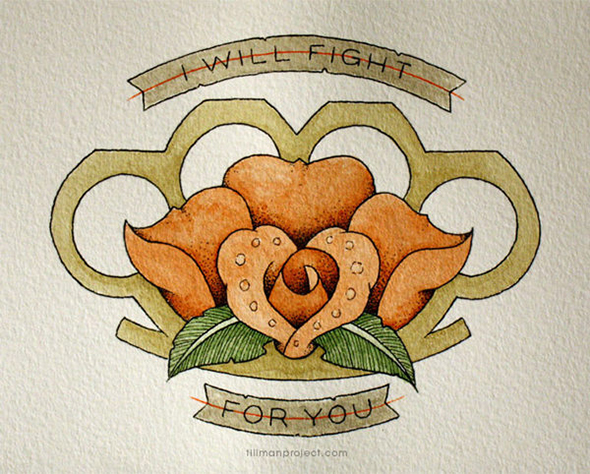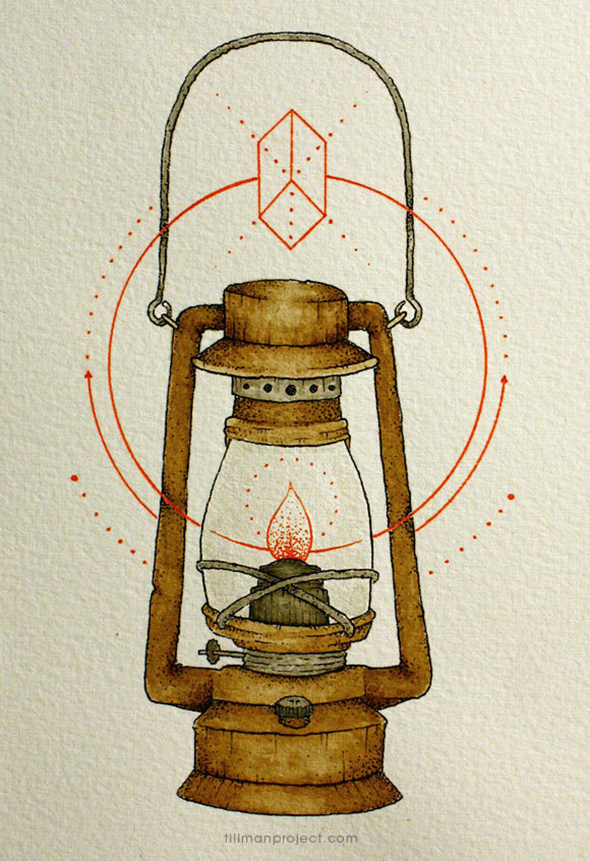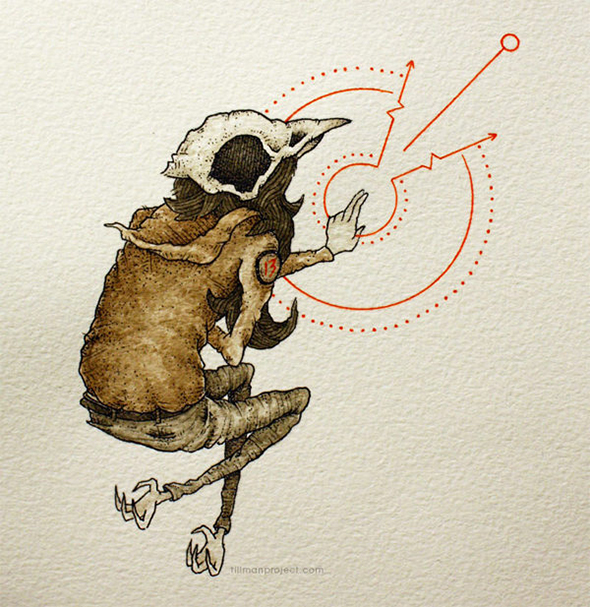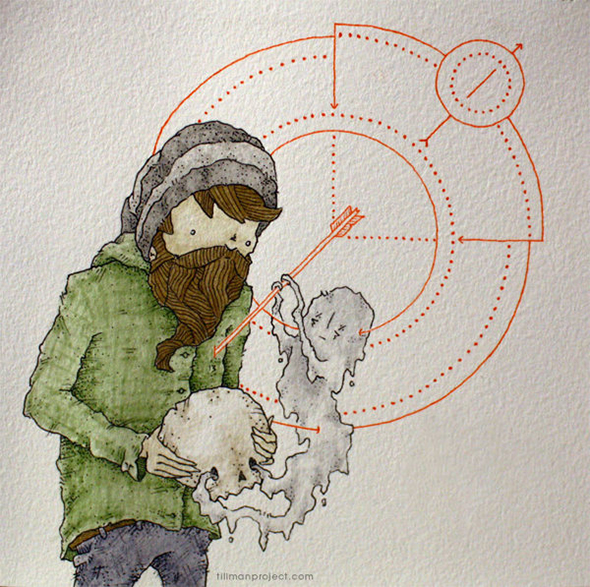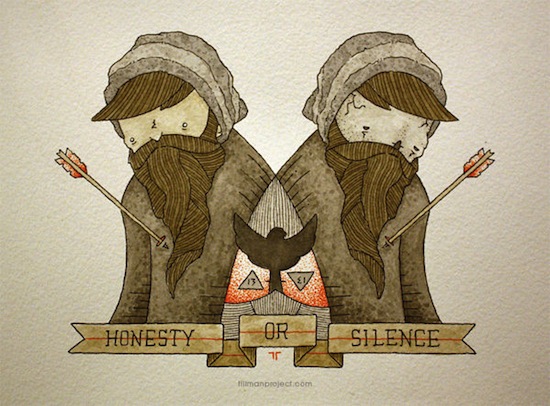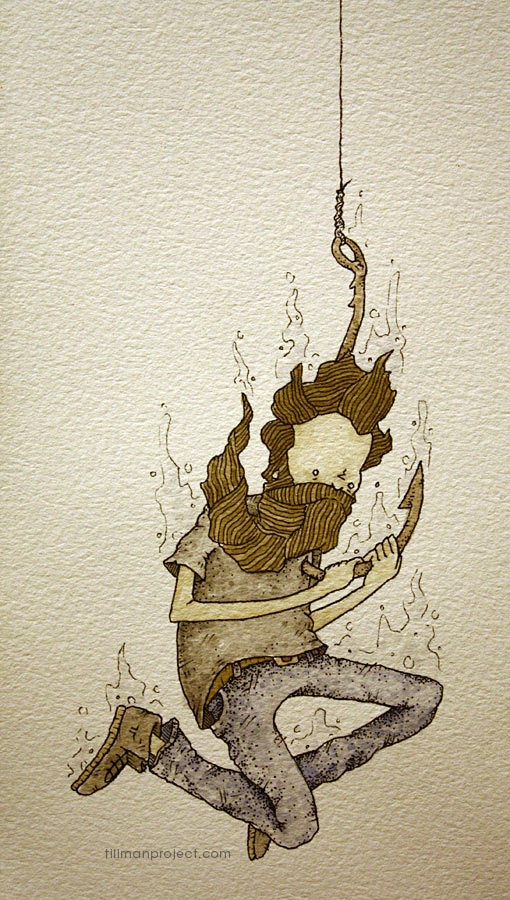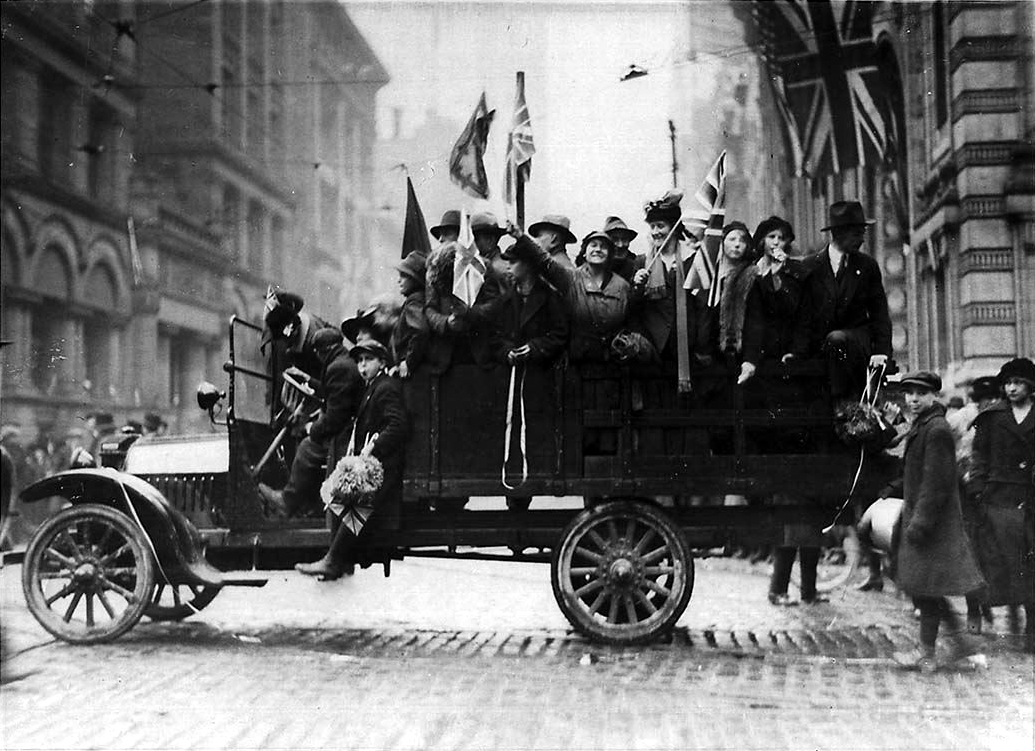Statistiche
Statistiche
giovedì 19 dicembre 2013
lunedì 2 dicembre 2013
Christmas.
Merry Christmas!
Christmas is both a sacred religious holiday and a worldwide cultural and commercial phenomenon. For two millennia, people around the world have been observing it with traditions and practices that are both religious and secular in nature. Christians celebrate Christmas Day as the anniversary of the birth of Jesus of Nazareth, a spiritual leader whose teachings form the basis of their religion. Popular customs include exchanging gifts, decorating Christmas trees, attending church, sharing meals with family and friends and, of course, waiting for Santa Claus to arrive. December 25–Christmas Day–has been a federal holiday in the United States since 1870.
Christmas Tree Story.
Long before the advent of Christianity, plants and trees that remained green all year had a special meaning for people in the winter. Discover the history of the Christmas tree, from the earliest winter solstice celebrations, to Queen Victoria and all the way to the annual lighting of the Rockefeller Center tree.
Santa Claus.
The man we know as Santa Claus has a history all his own. Today, he is thought of mainly as the jolly man in red, but his story stretches all the way back to the third century.
Santa Claus, also known as Saint Nicholas, Father Christmas, Kris Kringle and simply "Santa", is a figure with legendary, mythical, historical and folkloric origins who, in manywestern cultures, is said to bring gifts to the homes of the good children on the night beforeChristmas, December 24. However in some European countries children receive their presents on St. Nicholas' Day, December 6.
The modern figure of Santa Claus was derived from the Dutch figure of Sinterklaas, which, in turn, was part of its basis in hagiographicaltales concerning the historical figure of Christian bishop and gift giver Saint Nicholas. During the Christianization of Germanic Europe, this figure may have absorbed elements of the godOdin, who was associated with the Germanic pagan midwinter event of Yule and led theWild Hunt, a ghostly procession through the sky.
Thanksgiving Day.
Thanksgiving Day (Jour de l'Action de grâce in Canadian French) is a national holidaycelebrated primarily in the United States and Canada as a day of giving thanks for the blessing of the harvest and of the preceding year. Several other places around the world observe similar celebrations. It is celebrated on the fourth Thursday of November in the United States and on the second Monday of October in Canada. Thanksgiving has its historical roots in religious and cultural traditions, and has long been celebrated in asecular manner as well.
| Observed by | |
|---|---|
| Type | National, cultural |
| Date | 2nd Monday in October (Canada) 1st Thursday in November (Liberia) Last Wednesday in November (Norfolk Island) Fourth Thursday in November (USA) |
| 2013 date |
October 14, 2013 (Canada);
November 28, 2013 (USA)November 7, 2013 (Liberia); November 27, 2013 (Norfolk Island); |
| 2014 date |
October 13, 2014 (Canada);
November 27, 2014 (USA, Puerto Rico)November 6, 2014 (Liberia); November 26, 2014 (Norfolk Island); |
In the English tradition, days of thanksgiving and special thanksgiving religious services became important during the English Reformation in the reign of Henry VIII and in reaction to the large number of religious holidays on the Catholic calendar. Before 1536 there were 95 Church holidays, plus 52 Sundays, when people were required to attend church and forego work and sometimes pay for expensive celebrations. The 1536 reforms reduced the number of Church holidays to 27, but some Puritans, the radical reformers of their age, wished to completely eliminate all Church holidays, including Christmas and Easter. The holidays were to be replaced by specially called Days of Fasting or Days of Thanksgiving, in response to events that the Puritans viewed as acts of special providence. Unexpected disasters or threats of judgement from on high called for Days of Fasting. Special blessings, viewed as coming from God, called for Days of Thanksgiving.
For example, Days of Fasting were called on account of drought in 1611, floods in 1613, and plagues in 1604 and 1622. Days of Thanksgiving were called following the victory over the Spanish Armada in 1588 and following the deliverance ofQueen Anne in 1705. An unusual annual Day of Thanksgiving began in 1606 following the failure of the Gunpowder Plot in 1605 and developed into Guy Fawkes Day.
“We often take for granted the very things that most deserve our gratitude.” –Cynthia Ozick
Missing U.
''This is the tale of the letter named I,
A lonely author who lived life with a sigh.
A lonely author who lived life with a sigh.
Follow along with I as she journeys to discover her missing U!''
This story, taken from a computer graphic video, talks about the letter ''I'' that can't find her ''U''. There were clouds without ''U'',so she starts a journey to find her missing letter, from the urban chaos to a cliff, near the sea. She jumps on a ship and she land on a ''J_ngle'', facing her fears through her way. After that, she finds Umbrellas, Ukuleles and even a Ufo.
''You're welcome the stay, but you won't see much here. When the B_rds flew away [...] and F_sh are long gone, no [...] P_e, there's plenty of sorrow, but not even... I.''
''I'' and ''U'' finally found each other and that was the day that ''I and U'' became ''We.''
This story was incredibly amazing, emotional and well done. A Story that how love can be a great way to find each other and stay ''Together.''
lunedì 11 novembre 2013
Veterans Day. Armistice Day.
Veterans Day.
"To us in America, the reflections of Armistice Day will be filled with solemn pride in the heroism of those who died in the country's service and with gratitude for the victory, both because of the thing from which it has freed us and because of the opportunity it has given America to show her sympathy with peace and justice in the councils of the nations."
Veterans Day is an official United States holiday which honors people who have served in armed service, also known as veterans. It is a federal holiday that is observed on November 11. It coincides with other holidays such as Armistice Day and Remembrance Day, which are celebrated in other parts of the world and also mark the anniversary of the end of World War I.
(Major hostilities of World War I were formally ended at the 11th hour of the 11th day of the 11th month of 1918, when the Armistice with Germany went into effect.)
'' I'm a Soldier and I'm marching on.''
Armistice Day (which coincides with Remembrance Day and Veterans Day, public holidays) is commemorated every year on 11 November to mark the armistice signed between the Allies of World War I and Germany at Compiègne, France, for the cessation of hostilities on the Western Front of World War I, which took effect at eleven o'clock in the morning—the "eleventh hour of the eleventh day of the eleventh month" of 1918. While this official date to mark the end of the war reflects the ceasefire on the Western Front, hostilities continued in other regions, especially across the former Russian Empire and in parts of the old Ottoman Empire.
The date was declared a national holiday in many allied nations, to commemorate those members of the armed forces who were killed during war. An exception is Italy, where the end of the war is commemorated on 4 November, the day of the Armistice of Villa Giusti. In the Netherlands World War I is not commemorated as the country remained neutral.
| Observed by | New Zealand, France, Belgiumand Serbia; and by other countries that use a different name |
|---|
| Significance | Commemoration of the armistice signed between the Allies of World War I and Germany at Compiègne, France, for the cessation of hostilities on the Western Front of World War I |
|---|---|
| Date | 11 November |
| Next time | 11 November 2013 |
| Frequency | annual |
| Related to | Also called Remembrance Dayand Veterans Day; and related toRemembrance Sunday |
lunedì 28 ottobre 2013
British Royal Family.
UNITED KINGDOM.
The Royal Family will usually include the Monarchs, The children of Monarchs etc...
Some members of Royal Family have official residences named Court Circular.
7/22/ 2013.
Kate Middleton and his husband William of England and Duke of Cambridge had a baby, a great news for United Kingdom. His name is George Alexander Louis. This news was a bomb, they talked about it for a long time.
 |
| British Royal Family Tree. |
A new family member.
mercoledì 23 ottobre 2013
Hanako-San.
According to the legend, a person who goes to the third stall in the girls' bathroom on the third floor and knocks three times before asking "Are you there, Hanako-san", will hear a voice answer "I'm here". If the person enters the stall there will be a small girl in a red skirt.
Hanako-san is a popular and widespread urban legend, often played by school children as a rite of courage, or a method of hazing for new students, similar to the Bloody Mary urban legend in Western schools.
Hanako-san has been noted to have various origins and behaviors, depending on the area or school, and is a widespread legend across Japan. Her appearance can also be different, but is usually that of a young girl with bobbed hair and a red skirt. She can be either mischievous, malevolent or benign.
Yamagata prefecture: After Hanako-san has answered and one enters the stall, he or she will find and be eaten by a three headed lizard who had mimicked a girl's voice.
Iwate prefecture: After one has called Hanako-san, a large white hand emerges from the door.
Kanagawa prefecture: After one has called her, a blood stained hand will appear.
"Hanako" was a common and typical girl's name in Japan during the 1950s when the legend supposedly began.
lunedì 21 ottobre 2013
Teke-Teke. (Tek-Tek.)
As a young school boy was walking home at night, he spotted a beautiful young girl standing by a windowsill resting on her elbows. They smiled at each other for a moment. The boy wondered what a girl was doing in an all-boys school, but before he could wonder more about the girl she jumped out of the window and revealed her lower half was missing. Frightened, he stood in the sidewalk, but before he could run she cut the boy in two.
Kuchisake-onna. "Slit-Mouthed Woman"
According to the legend, children walking alone at night may encounter a woman wearing a surgical mask, which is not an unusual sight in Japan as people wear them to protect others from their colds or sickness. The woman will stop the child and ask, "Am I pretty?" If the child answers no, the child is killed with a pair of scissors which the woman carries. If the child answers yes, the woman pulls away the mask, revealing that her mouth is slit from ear to ear, and asks "How about now?" If the child answers no, he/she will be cut in half. If the child answers yes, then she will slit his/her mouth like hers. It is impossible to run away from her, as she will simply reappear in front of the victim.
When the legend reappeared in the 1970s rumors of ways to escape also emerged. Some sources say she can also be confused by answering her question with, rather than yes or no,"You are average."
Unsure of what to do, she will give a person enough time to escape while she is lost in thought. Another escape route is to tell her one has a previous engagement; she will pardon her manners and excuse herself. In some variations of the tale, she can be distracted by fruit or candies thrown at her which she will then pick up, thus giving the victim a chance to run. She will also be at an advantage to run toward you if she has the chance. Another way is for the child to ask her if the child is pretty; she will get confused and leave.
''Am I Pretty?''
Halloween. (Hallowe'en)
Halloween (also spelled Hallowe'en) is an annual holiday celebrated on October 31. It has roots in the Celtic festival of Samhain and the Christian holy day of All Saints. It is largely a secular celebration but some have expressed strong feelings about perceived religious overtones.
The day is often associated with the colors black and orange, and is strongly associated with symbols like the jack-o'-lantern. Halloween activities include trick-or-treating, wearing costumes and attending costume parties, ghost tours, bonfires, visiting haunted attractions, pranks, telling scary stories, and watching horror films.
The day is often associated with the colors black and orange, and is strongly associated with symbols like the jack-o'-lantern. Halloween activities include trick-or-treating, wearing costumes and attending costume parties, ghost tours, bonfires, visiting haunted attractions, pranks, telling scary stories, and watching horror films.
Happy Halloween.
Iscriviti a:
Post (Atom)


